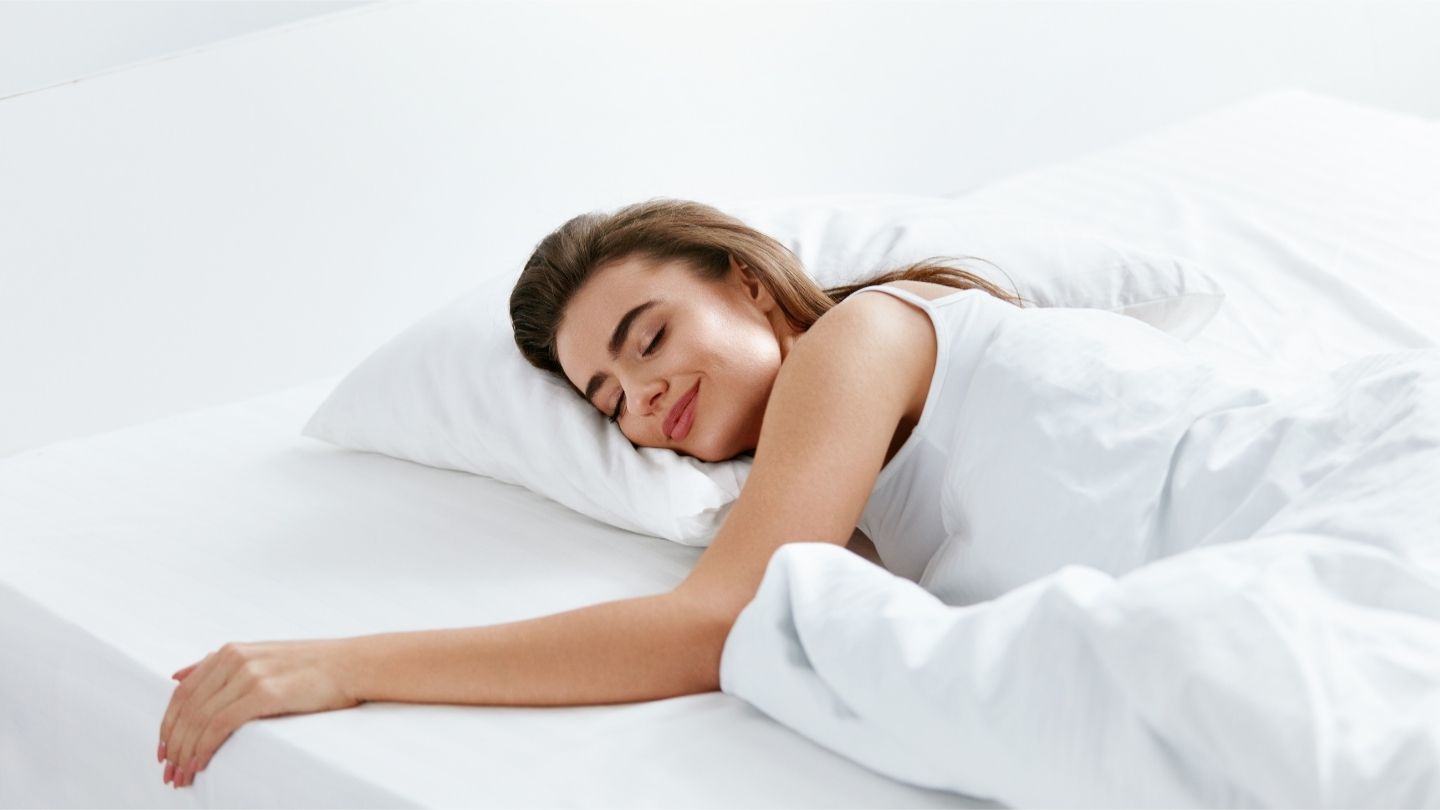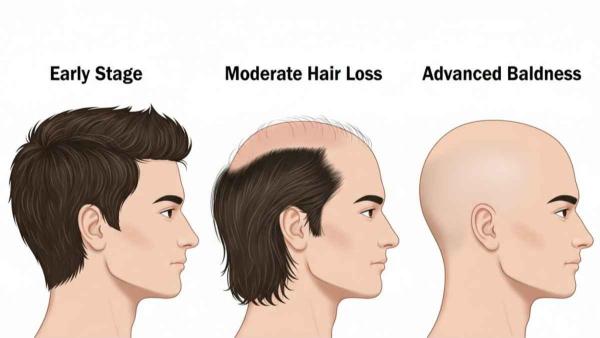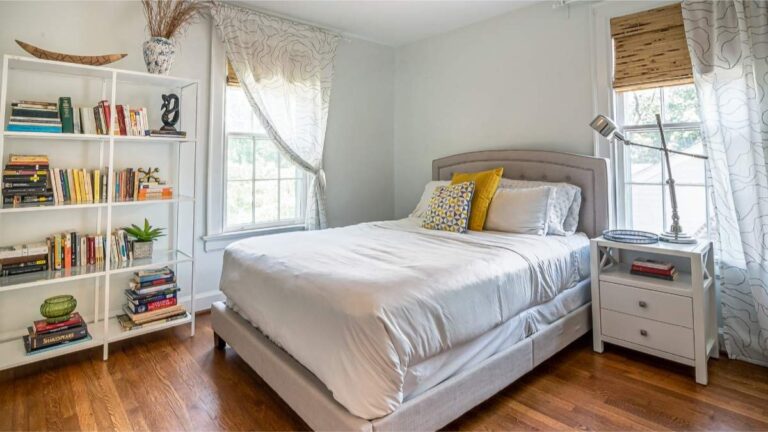Everyday Bedroom Features That Can Massively Impact Your Sleep
Your bedroom should be the most relaxing space in your home, yet sometimes the little things we overlook can have the biggest impact on our rest. While many people focus on mattresses or blackout curtains, research shows that everyday bedroom features—like paint colors, wallpaper, textures, and lighting—can significantly affect how well you sleep.
These elements may seem like simple design choices, but they directly influence your mood, relaxation, and even the quality of your shut-eye. By paying attention to the details in your sleep environment, you can turn your bedroom into a sanctuary that truly supports deep, restorative rest.
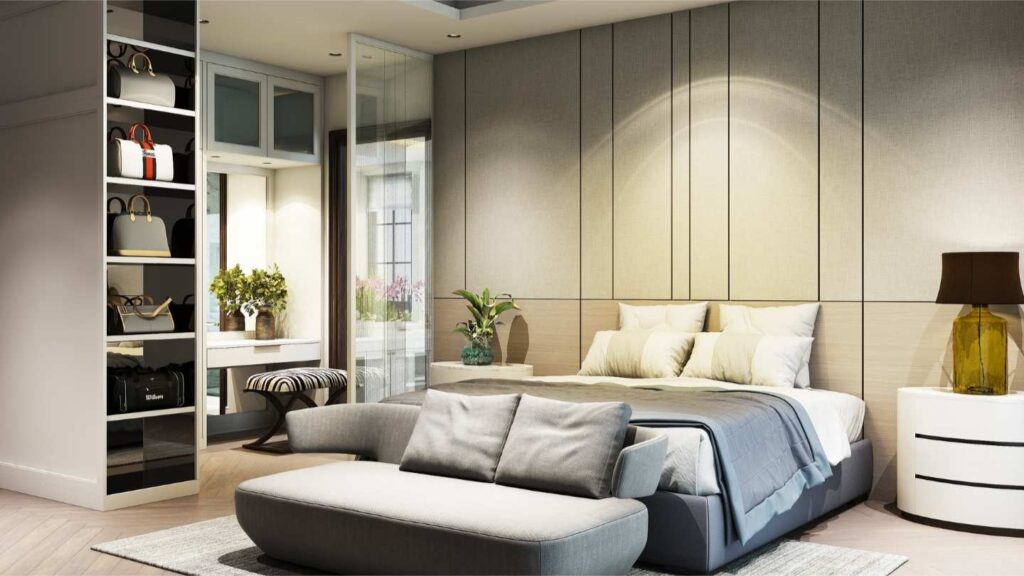
Everyday Bedroom Features That Can Massively Impact Your Sleep
How Colors Affect Your Sleep
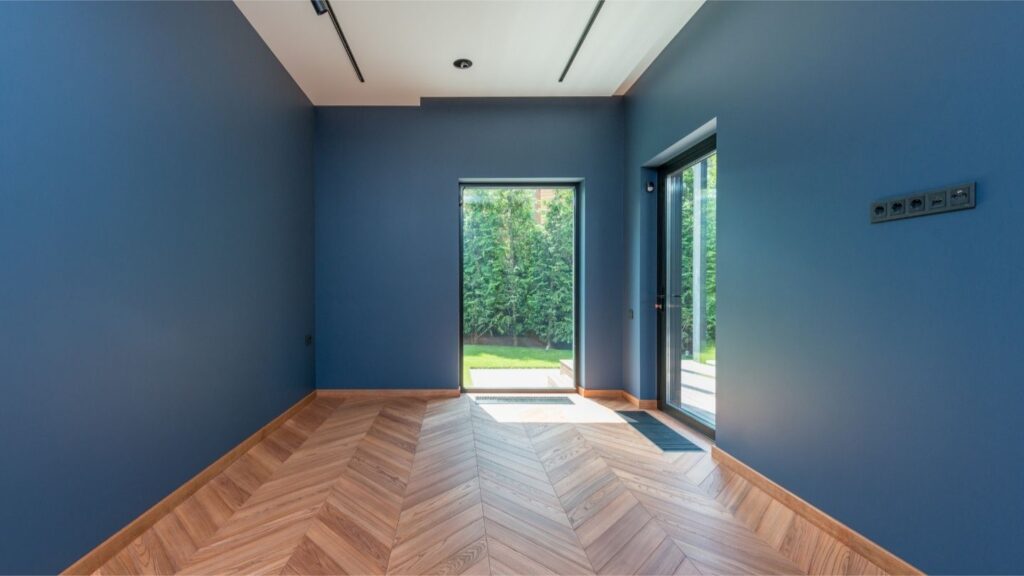
Psychologists and designers agree: color isn’t just about aesthetics — it influences your brain and body. According to Dr. Leah Kaylor, a prescribing psychologist, the human brain reacts to colors biologically and emotionally. Some shades calm you, while others energize you or even make it harder to fall asleep.
For example:
- Warm reds and oranges tend to raise energy levels, boost heart rate, and signal alertness. Great for gyms, but not ideal for bedrooms.
- Busy, bold patterns (like stripes or high-contrast prints) overstimulate the brain. Your eyes keep darting around, preventing your mind from settling down.
- Soft, muted hues (like sage green or pastel blue) trigger a sense of peace and calm, creating the right environment for rest.
So, if you’ve been struggling with restless nights, it may not just be stress or coffee — your bedroom color could be the hidden culprit.
The Worst Bedroom Colors for Sleep
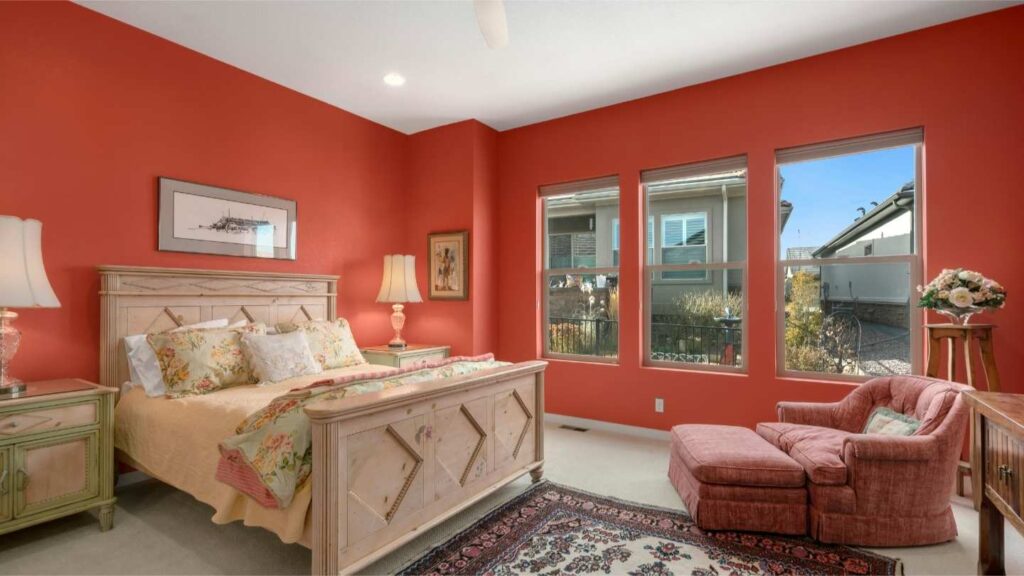
Not every shade belongs in your sleep space. Experts caution against these common choices:
- Red: While often linked with passion, red is overstimulating and can disrupt relaxation. If you love it, use it sparingly — maybe as an accent pillow, not a wall color.
- Orange: Energizing and creative, but better suited to a workspace or gym than a bedroom.
- Bold Prints and Geometrics: Eye-catching? Yes. Restful? Absolutely not. These patterns keep your brain active instead of winding down.
- High-Contrast Black & White: Striking designs may look chic on Instagram, but in real life, they keep your mind buzzing instead of drifting to sleep.
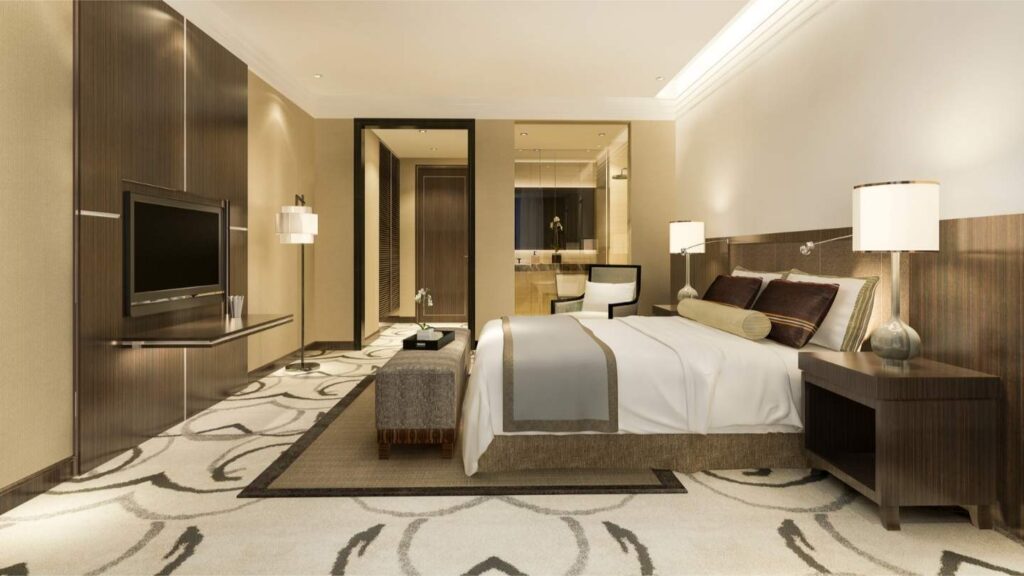
The Best Bedroom Features to Promote Sleep
Now for the fun part — creating a bedroom that actually helps you sleep better. Here’s what interior designers recommend:
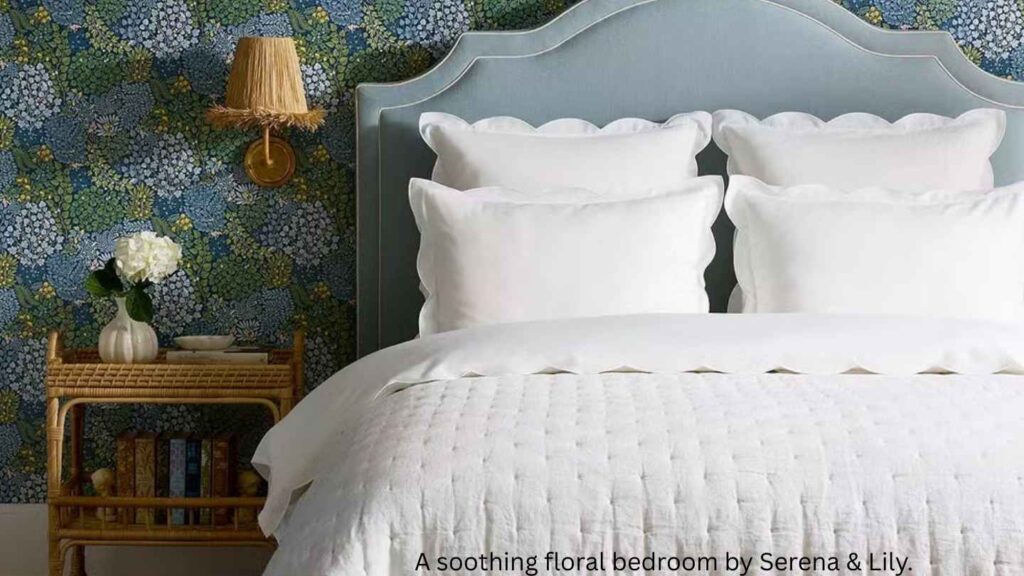
🌸 Soft Florals
Nature-inspired floral wallpaper or muted botanical prints create a sense of calm. They bring the outdoors inside and encourage relaxation without overwhelming your senses.
💙 Shades of Blue
Blue is universally recognized as calming. From navy to sky blue, the color instantly soothes the mind and signals safety, making it one of the best colors for a sleep-focused environment.
🌿 Earthy Greens
Think mint, sage, or olive. Green evokes nature, balance, and tranquility, helping your nervous system relax after a long day.
Soft Textures and Naturescapes
Wallpaper with gentle curves, cloud-like imagery, or leaf motifs promotes a natural rhythm for the eye. Subtle textures like linen or grasscloth also enhance a cozy, grounding feel.
Tonal Hues
Instead of shocking pops of color, designers suggest layering tonal shades like beige, blush pink, muted browns, or soft taupe. These shades add warmth without overstimulation.
What If You Can’t Redo Your Bedroom?
Maybe a full redesign isn’t in your budget right now — and that’s okay. You can still improve your sleep environment without repainting or changing wallpaper. Try these quick fixes:
- Use soft, warm lighting like bedside lamps or dimmers to reduce harshness.
- Break up busy walls with art, mirrors, or tapestries in calmer tones.
- Rearrange your room layout to create a more balanced and restful flow.
- Add calming textiles like neutral bedding, cozy throws, or blackout curtains.
Remember, your bedroom should feel like a personal retreat. Even small tweaks can make a big difference in how your mind and body respond to bedtime.
Must Read: The Best Home Tech Gadgets for Modern Living – Upgrade Your Lifestyle
Must Read: Virginia Hall – The One‑Legged Spy the Nazis Feared
Must Read: Klaus Fuchs – The Scientist Spy Who Leaked U.S. Nuclear Secrets to the Soviets
Must Read: Nancy Wake – The Fearless French Resistance Fighter Known as the ‘White Mouse’
Must Read: What Could Disappear by 2040?
Must Read: Deadliest Weapons in History: From Ancient Blades to Modern Devastation
Final Thoughts
Your bedroom isn’t just a place to sleep — it’s the environment that sets the tone for your rest. While good sleep hygiene includes habits like winding down before bed, your surroundings also play a critical role. The wrong color or design choice could be keeping you awake, while the right one could transform your nights.
By choosing soothing shades like blue and green, soft floral or nature-inspired patterns, and avoiding loud, overstimulating designs, you can create a space that supports better rest and improved well-being.
Because when it comes to sleep, every detail counts — even the paint on your walls.

